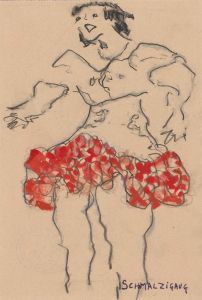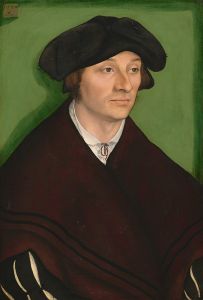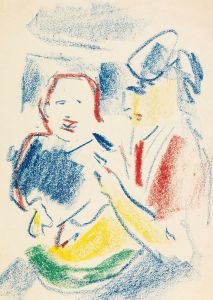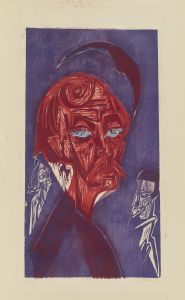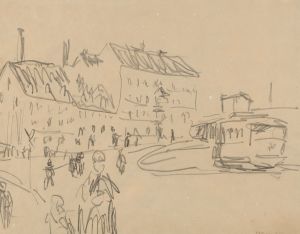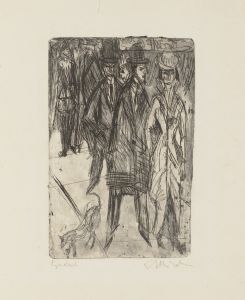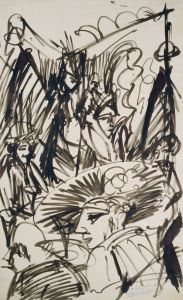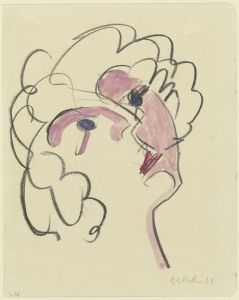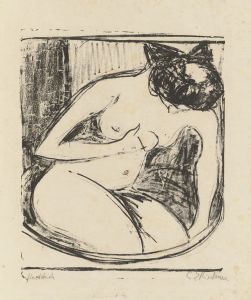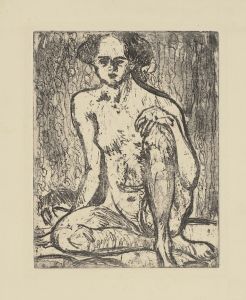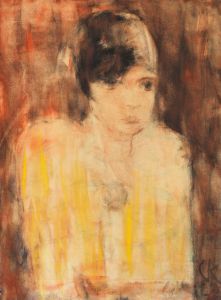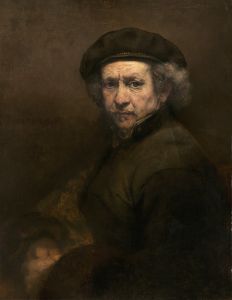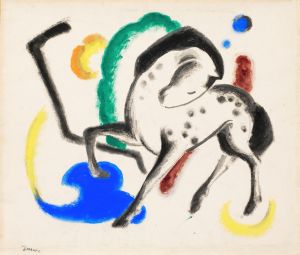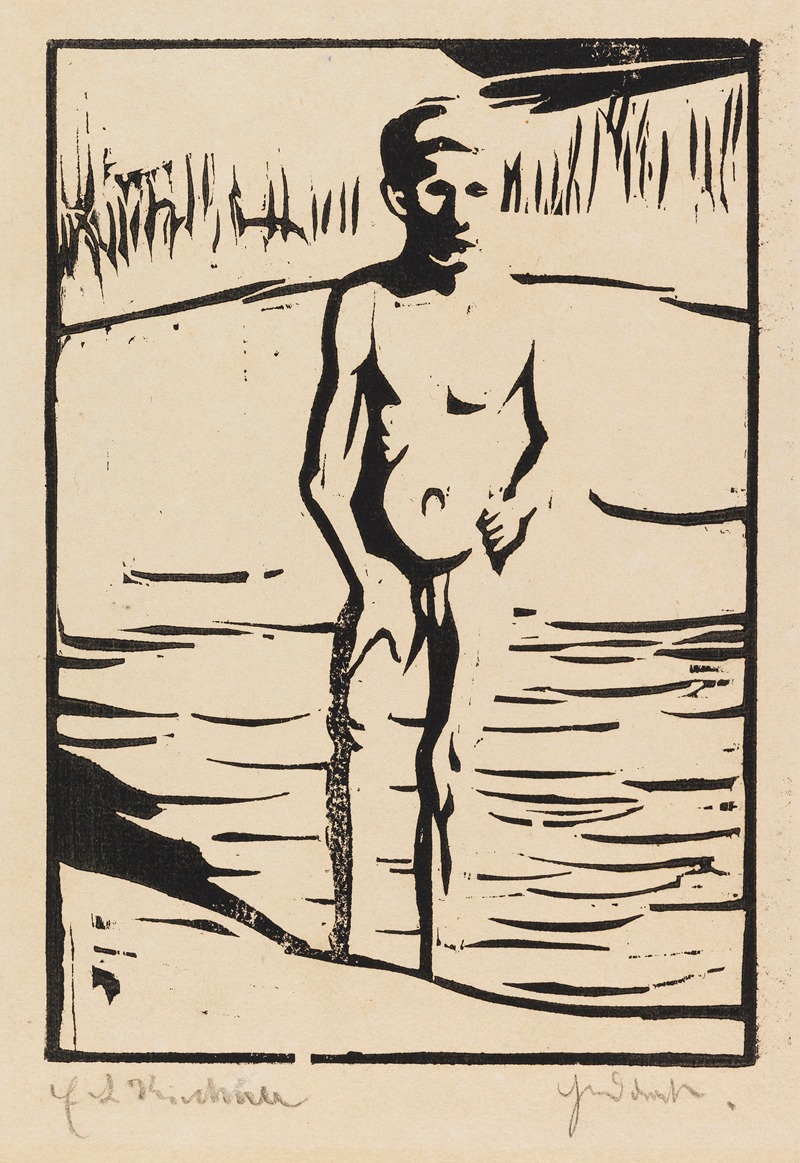
Badender Junge
A hand-painted replica of Ernst Ludwig Kirchner’s masterpiece Badender Junge, meticulously crafted by professional artists to capture the true essence of the original. Each piece is created with museum-quality canvas and rare mineral pigments, carefully painted by experienced artists with delicate brushstrokes and rich, layered colors to perfectly recreate the texture of the original artwork. Unlike machine-printed reproductions, this hand-painted version brings the painting to life, infused with the artist’s emotions and skill in every stroke. Whether for personal collection or home decoration, it instantly elevates the artistic atmosphere of any space.
Ernst Ludwig Kirchner was a prominent German expressionist painter and one of the founding members of the artist group Die Brücke (The Bridge), which played a crucial role in the development of modern art in the early 20th century. Kirchner's work is characterized by its bold use of color, dynamic compositions, and emotional intensity. One of his lesser-known works is "Badender Junge," which translates to "Bathing Boy."
"Badender Junge" is an exemplary piece that reflects Kirchner's interest in the human form and his exploration of themes related to nature and the human experience. The painting depicts a young boy bathing, a subject that Kirchner often revisited in his works. This theme aligns with the broader interests of the Die Brücke group, which sought to break away from traditional academic art and instead embrace a more direct and unfiltered representation of life.
Kirchner's style in "Badender Junge" is marked by its vibrant color palette and expressive brushwork, which are hallmarks of the expressionist movement. The use of color in the painting is not merely representational but serves to convey the emotional and psychological state of the subject. The brushstrokes are dynamic and fluid, capturing the movement and vitality of the boy as he engages with the natural environment.
The setting of "Badender Junge" is likely inspired by the landscapes of Germany, where Kirchner and his fellow Die Brücke artists often retreated to escape the confines of urban life and find inspiration in nature. These retreats were integral to their artistic practice, allowing them to work en plein air and develop a more spontaneous and immediate approach to painting.
Kirchner's depiction of the human figure in "Badender Junge" is both naturalistic and stylized, reflecting his interest in primitive art forms and his desire to express the raw, unmediated essence of his subjects. This approach was influenced by non-Western art, which Kirchner and his contemporaries admired for its perceived authenticity and emotional depth.
Throughout his career, Kirchner faced numerous personal and professional challenges, including the impact of World War I and the rise of the Nazi regime, which labeled his work as "degenerate art." Despite these obstacles, Kirchner's contributions to the expressionist movement and modern art remain significant, and his works continue to be celebrated for their innovative and emotive qualities.
"Badender Junge" is a testament to Kirchner's skill as an artist and his ability to capture the complexities of the human experience through his unique expressionist lens. The painting exemplifies his commitment to exploring new artistic frontiers and his enduring influence on the trajectory of modern art. While "Badender Junge" may not be as widely recognized as some of Kirchner's other works, it remains an important piece within his oeuvre, offering insight into his artistic vision and the broader cultural and historical context in which he worked.






